Active Learning in the Math Classroom
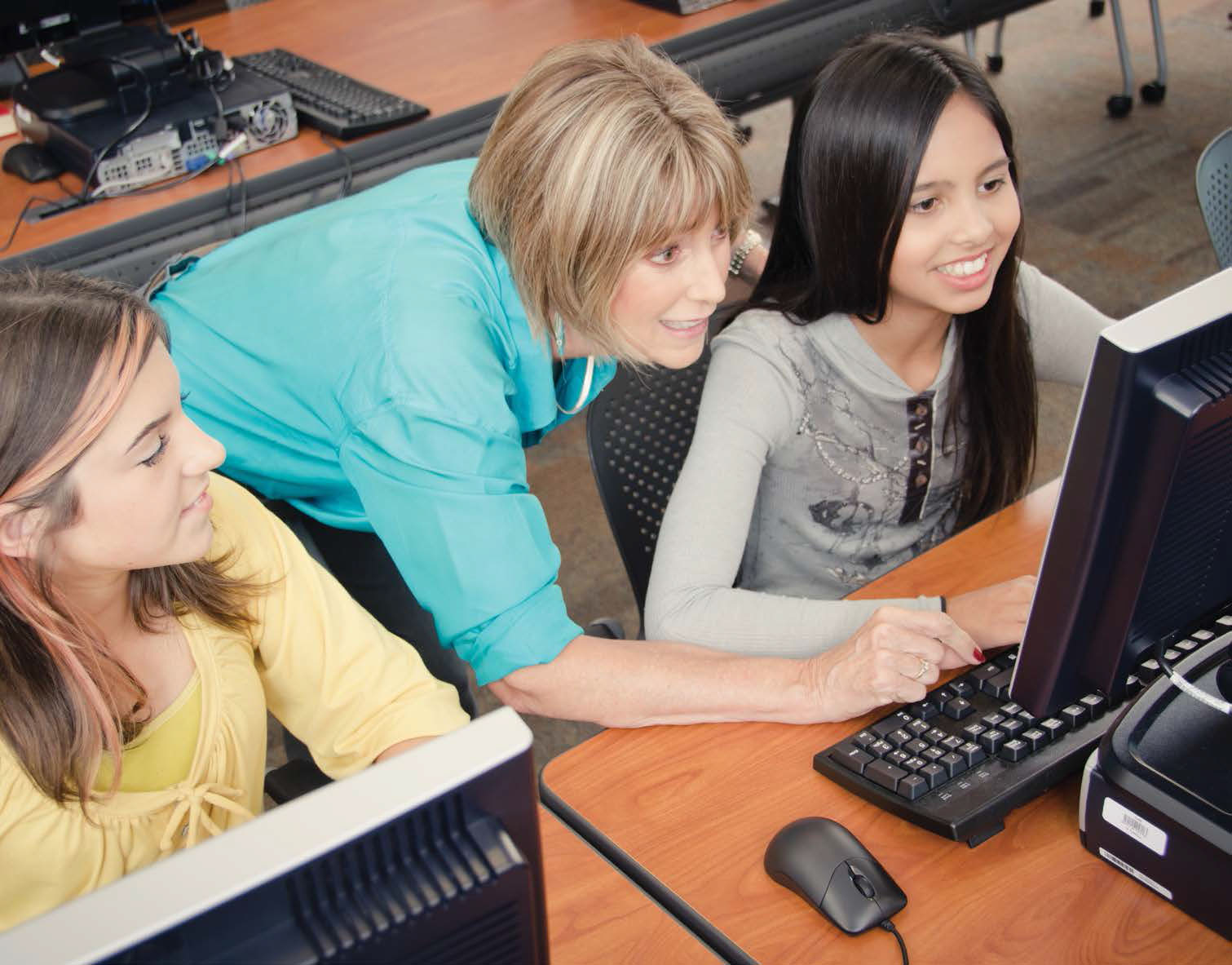
Active learning encompasses many different things—from students taking ownership of their own learning and participating in activities that stimulate deeper thinking to movable classroom furniture and teachers embracing the role of facilitator. Students might learn through games, projects, debates, talking with peers, case studies, just-in-time teaching, or short demonstrations followed by class discussion. In other words, active learning is the opposite of passive listening.
Edtech tools are giving educators a multitude of options for integrating active learning techniques across the curriculum. In math classrooms, students are empowered as they choose activities and tools for learning and as they wrestle with concepts to find answers.
PRODUCTIVE STRUGGLE
Kirt Thomason, math teacher and district math coach at Burlington Township (NJ) Middle School, is piloting an “in-class flip” with Khan Academy this year. When his students are struggling with a concept, they know what to do. First they watch a video, then they talk with a peer. Their final step is to ask Thomason for help. As a result, he says, “I’m seeing a lot less ‘I don’t get it’ type questions and more ‘I’m confused at this part of the problem’ type questions.” It’s about training students to think for themselves, but it also means educators fighting the urge to jump in and help. By allowing this process to happen, Thomason says, the students feel more ownership and are grasping concepts at a deeper level.
Timothy Marum, technology integration specialist at Portsmouth (RI) High School (PHS), applauds students’ “productive struggle” as they practice math content using various tools, including Khan Academy. Some PHS math teachers are also flipping instruction with Edpuzzle. Students view videos at their own pace and demonstrate their knowledge through formative questions embedded within the Edpuzzle platform. When it comes to geometry, Marum says, immersing students in a dynamic geometry environment enables them to explore and learn concepts. PHS students investigate the triangle inequality theorem, for example, using Geometer’s Sketchpad, and angle pair relationships with Geogebra. All of this learning, says Marum, is personalized, diagnostic, and adaptive.
Method School of Murrieta, a K–12 charter school in Southern California, offers students a unique blend of self-paced online courses from FuelEd and onsite project-based learning. “The value of project-based learning,” says principal Dr. Jessica Venezia, “is that students acquire and apply new knowledge in an authentic, problem-solving context.” Method students also participate in short Focused Direct Instruction (FDI) sessions—small-group discussions, demonstrations, or lectures. Method’s K–5 students take online math classes from K12 Inc., which include adaptive strategies as well as animations, game simulations, videos, and avatars in addition to hands-on materials. The FuelEd online courses used by students in grades 6–12 include a variety of active elements such as videos, simulations, avatars, and interactive graphics.
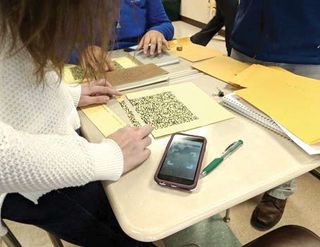
THINKING MADE VISIBLE
Tech & Learning Newsletter
Tools and ideas to transform education. Sign up below.
PHS mathematics department head Jeff Rose uses Padlet to make students’ thinking more visible and push them to articulate their processes as they grapple with concepts. Marum also loves Desmos, an interactive and dynamic graphing calculator with built-in activities for students to make sense of math. Even QR codes can be engaging.
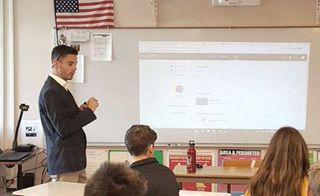
One PHS geometry class put proof puzzle pieces together to form a QR code that led them to hints to their geometry proof. One of Thomason’s favorite tools for observing student progress and thinking is Flipgrid. “Students pick a topic that they struggled with but now understand,” he says, and make a video reflecting on their struggles or misconceptions and what they’ve learned. Thomason says he’s been surprised by how powerful a tool it is for shy students, who come alive using this outlet to verbalize their learning. He’s also been amazed by how an ELL student, who struggles with reading and writing, clearly articulates his insights on Flipgrid. “His reflections allow me to build on his strengths,” Thomason says.
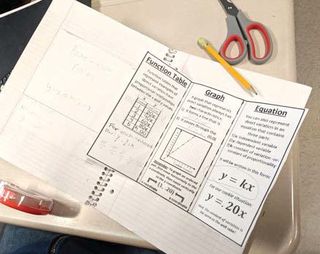
This kind of timely formative assessment is critical for teachers who want to provide meaningful and differentiated activities for all learners. Marum and his team recommend GoFormative to help educators make informed decisions about how to move on from their current classroom game plan.
TOOLS THEY USE
PORTSMOUTH HIGH SCHOOL
► Desmos
► Edpuzzle
► Geogebra
► Geometer’s Sketchpad
► GoFormative
► Google Classroom
► Khan Academy
► Padlet
EMPOWERMENT BEGETS ENGAGEMENT
“Personalizing learning truly empowers students to be self-regulated learners,” Marum says. “When students are offered interest-based choices, given self-paced boundaries to demonstrate mastery, and are using multiple modalities of creating new knowledge, this empowerment naturally begets engagement.” One PHS student, for example, increased her SAT math score by 200 points, in part through using Khan Academy to work through targeted self-paced modules.
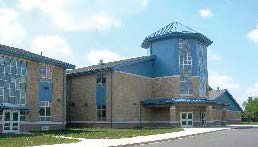
“STEAM with Minecraft,” another class Thomason is piloting, gives students that kind of choice and empowerment through pushing them to their limits in all STEAM areas. Students “reconstruct the school completely to scale within the MinecraftEDU software.” They create a working science project within the virtual science classrooms they build, and configure and code electrical systems in addition to making artwork for the walls. In an immersive MinecraftEDU math review world Thomason is building, students can build, push buttons, choose different paths, and more on their journey to answer standards-aligned interactive math questions. Kahoot!, Quizlet, and Plickers are other favorite tools with active elements that keep Burlington students on their toes for review.
At Method School of Murrieta, students enjoy going at their own pace using FuelEd courses and find the instruction style comfortable and effective. One eighth-grade student in particular made great strides both academically and socially as she became an independent learner. She managed her studies with weekly schedules and grew more confident through her frequent interactions with teachers and classmates.
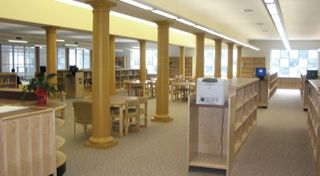
TOOLS THEY USE
BURLINGTON TOWNSHIP MIDDLE SCHOOL
► Chromebooks
► Constant Contact
► edConnect
► Education City
► Flipgrid
► GAFE
► Happy Numbers
► Kahoot!
► Khan Academy
► Laptops
► Microsoft Office
► MinecraftEDU
► MobyMax
► NWEA MAP
► NWEA Skills Navigator
► Plickers
► Prodigy Game
► Quizlet
► Smore
► Study Island
► TenMarks
► XtraMath
TRY SOMETHING NEW
Integrating new instructional practices can feel risky, but Marum encourages educators to see this as “productive disruption” as we seek to improve K–12 education. PHS has incorporated a structure called Pineapple Classrooms as part of the #ObserveMe movement (a tag on Twitter where educators can display a QR code to elicit feedback on their lessons). Educators who are trying something new or seeking feedback can invite others to visit their classroom.
“This empowers other educators who are interested in incorporating some of these practices in their classroom but want to see what it looks like ‘in action,’” Marum says (for more follow @tmarum23).











